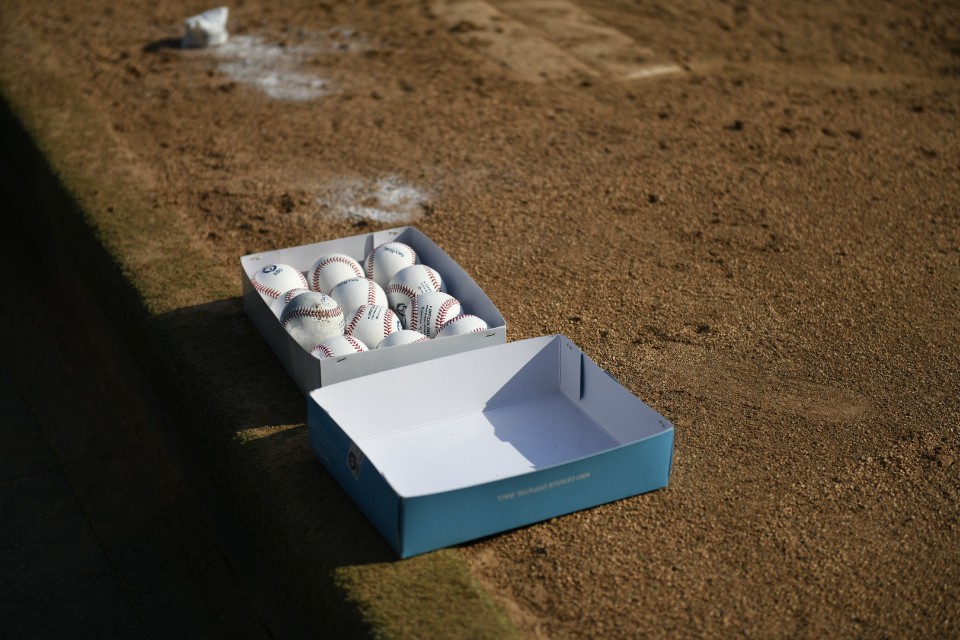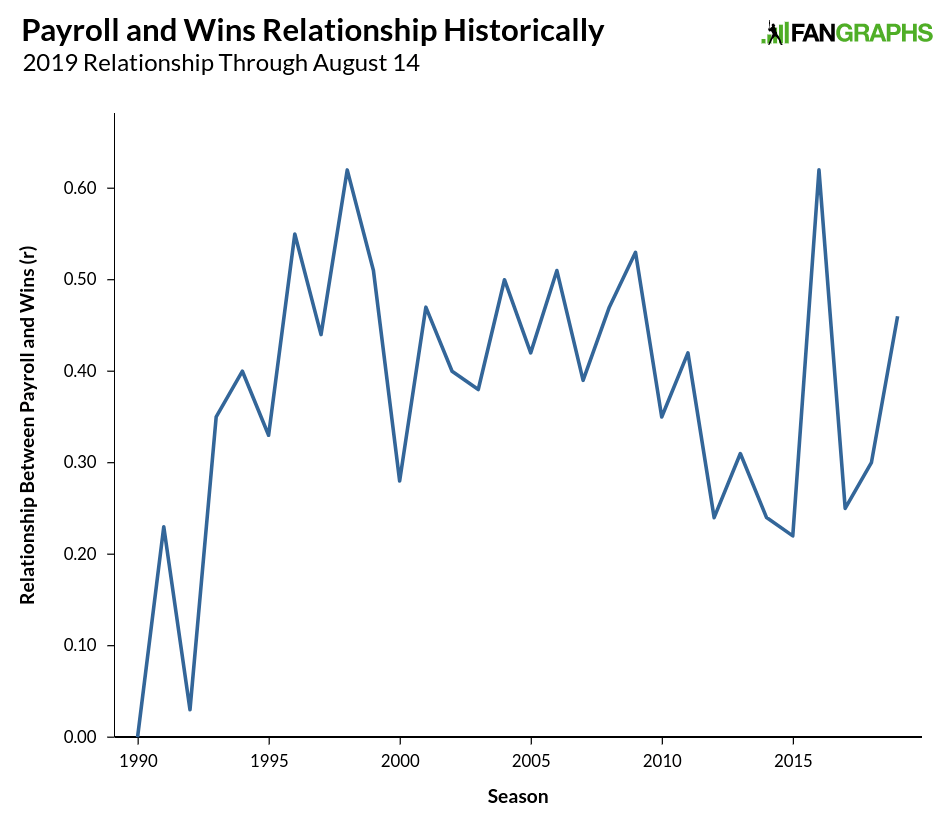Sunday Notes: Dodgers Prospect Jack Little is Stanford Smart
Jack Little may well become a big-league pitcher. Ditto a member of a big-league front office. Drafted in the fifth round this year out of Stanford University, the 21-year-old right-hander possesses the potential to do both. For now, he’s taking the mound for the Great Lakes Loons, the low-A affiliate of the Los Angeles Dodgers.
On Friday, I asked Little about the genesis of his low-three-quarter arm slot.
“That’s a good question, honestly,” replied the righty, who has a 2.05 ERA in 22 professional innings. “In high school I was more high three-quarters — a normal three-quarters slot — but then I kind of just naturally moved lower. It wasn’t intentional, I just did it.”
Success followed. Little began getting more swings-and-misses with his fastball, and unlike many pitchers who move to a lower slot, the movement wasn’t downward. “I started missing above barrels a lot more,” Little explained. “I became more deceptive, and while I’m not 98 [mph] — I’m only low 90s — it kind of gets on the hitter, and plays more up in the zone.”
His slider is his best secondary pitch, which didn’t used to be the case. Prior to moving into the closer role at Stanford in his sophomore season, Little’s changeup was his go-to off-speed. He subsequently became fastball-heavy, with his changeup in his back pocket, and his slider a reasonably reliable No. 2 option… this despite its being, as he now knows, markedly unrefined. Read the rest of this entry »



